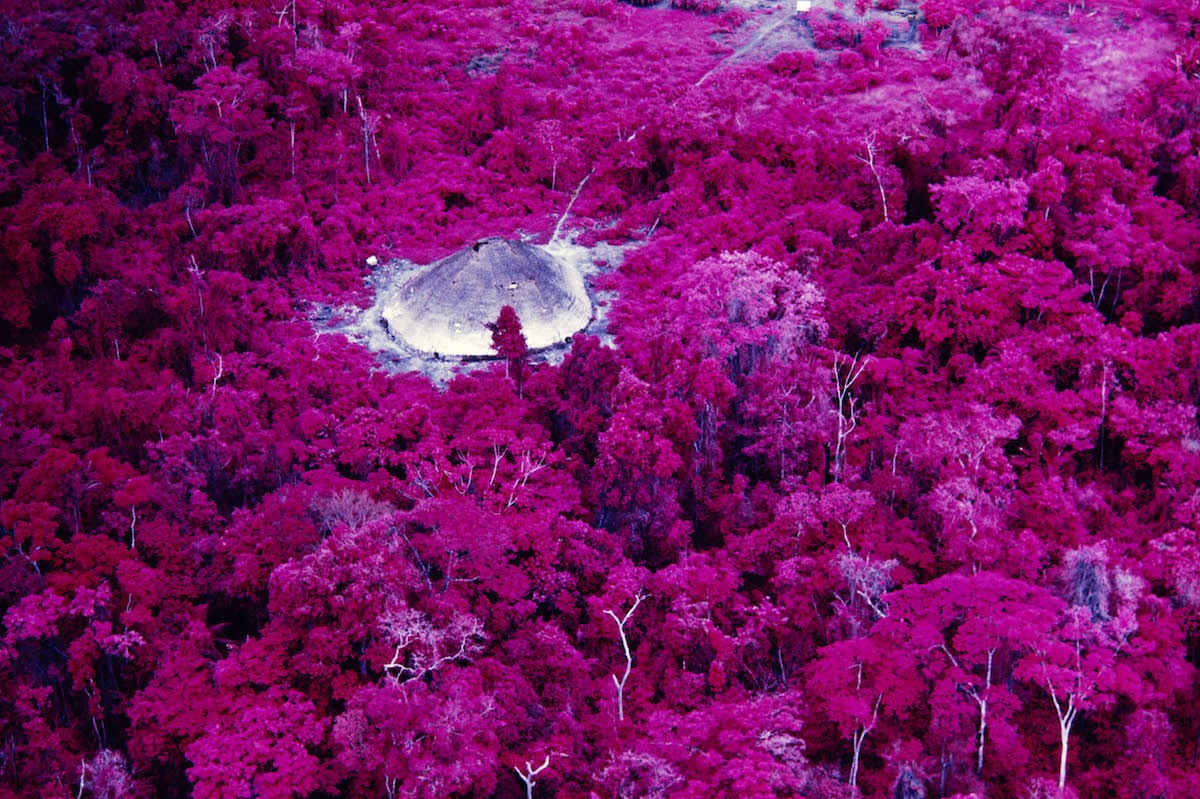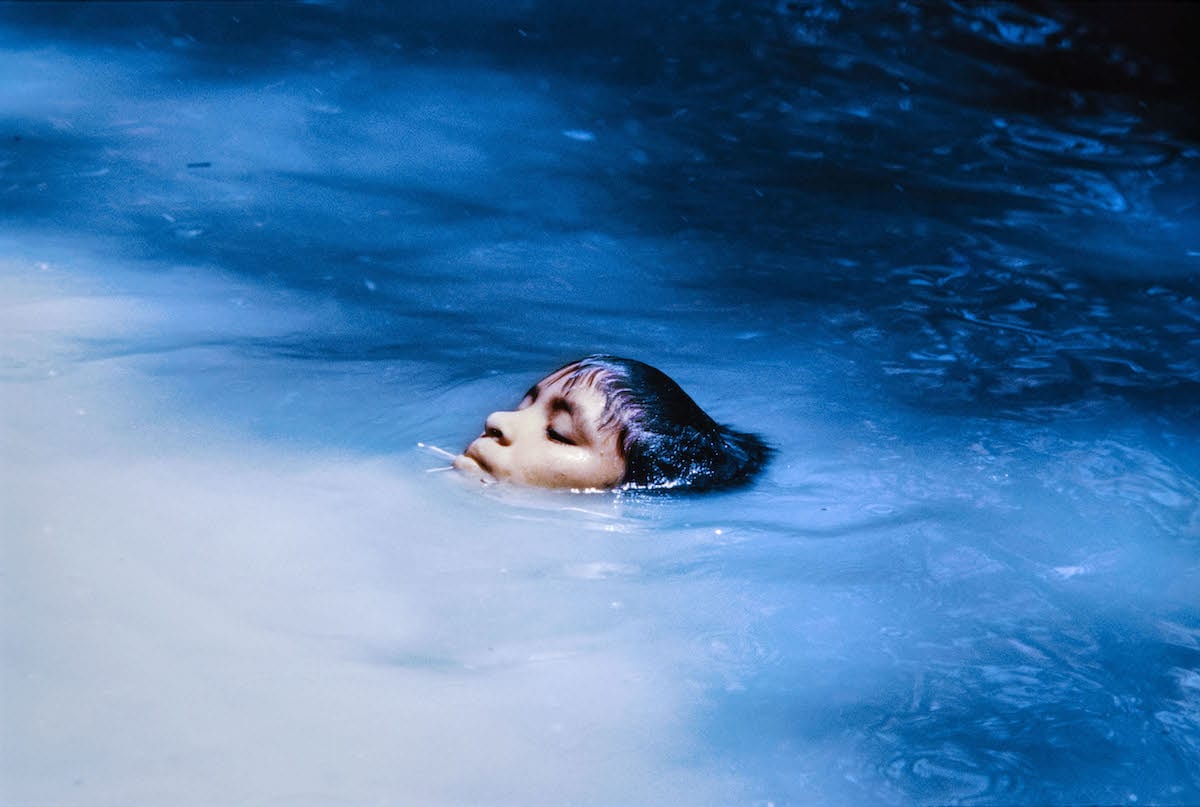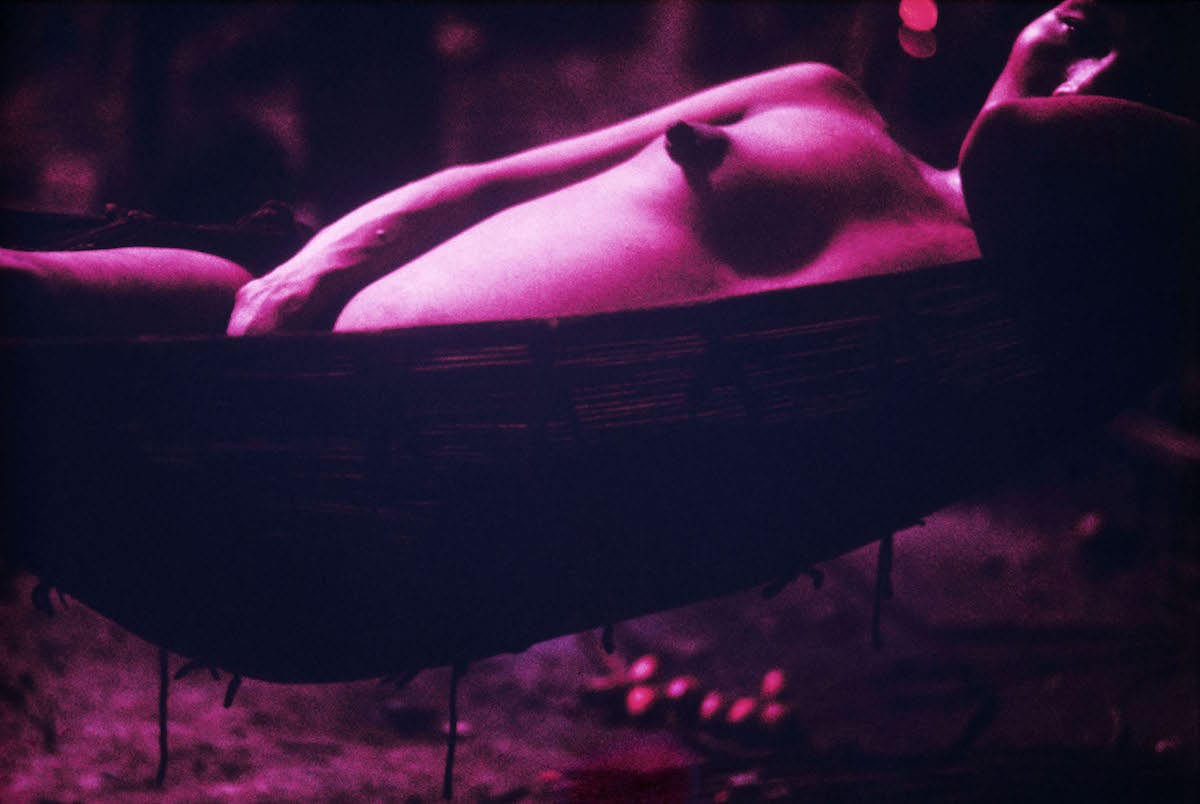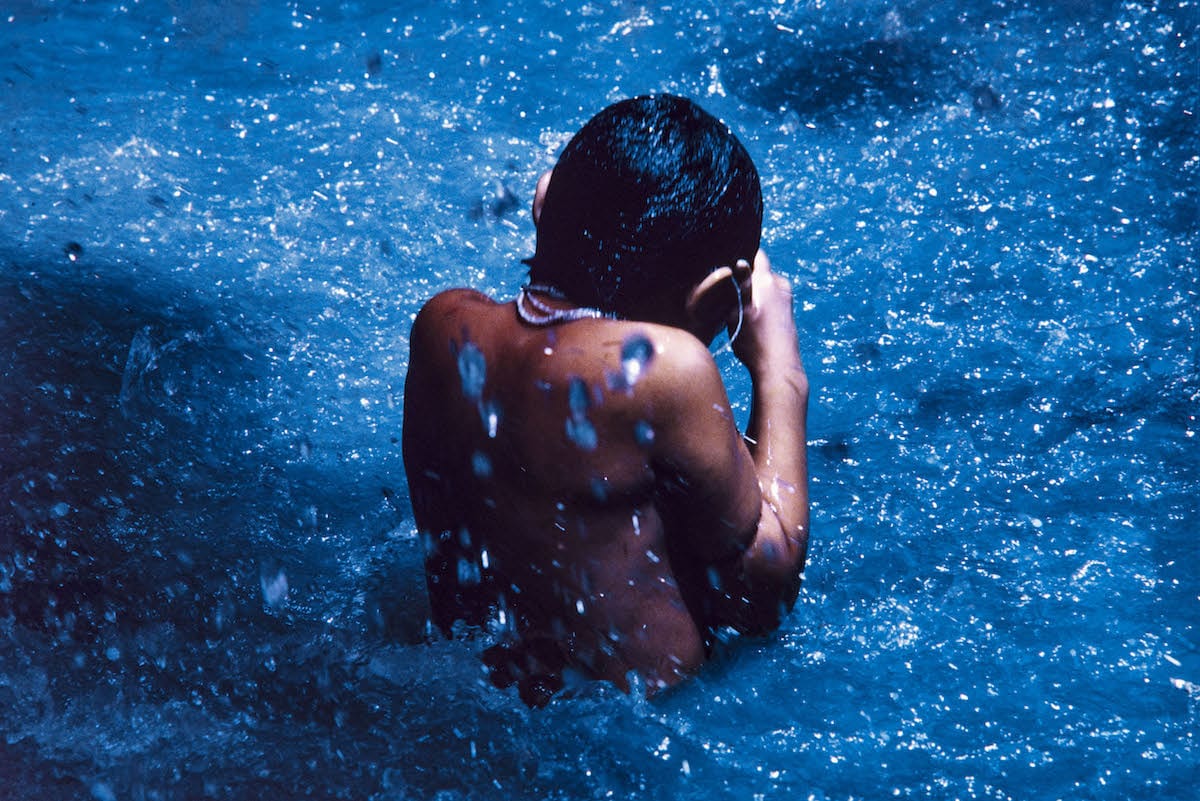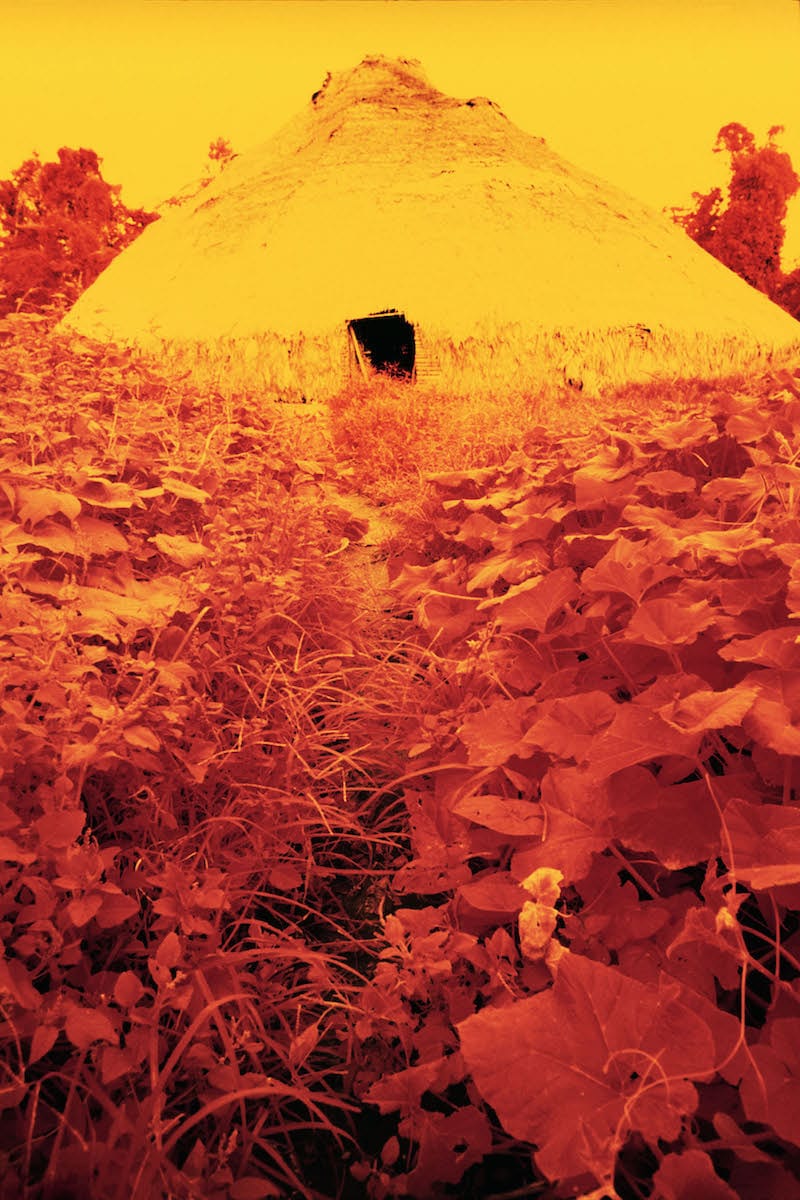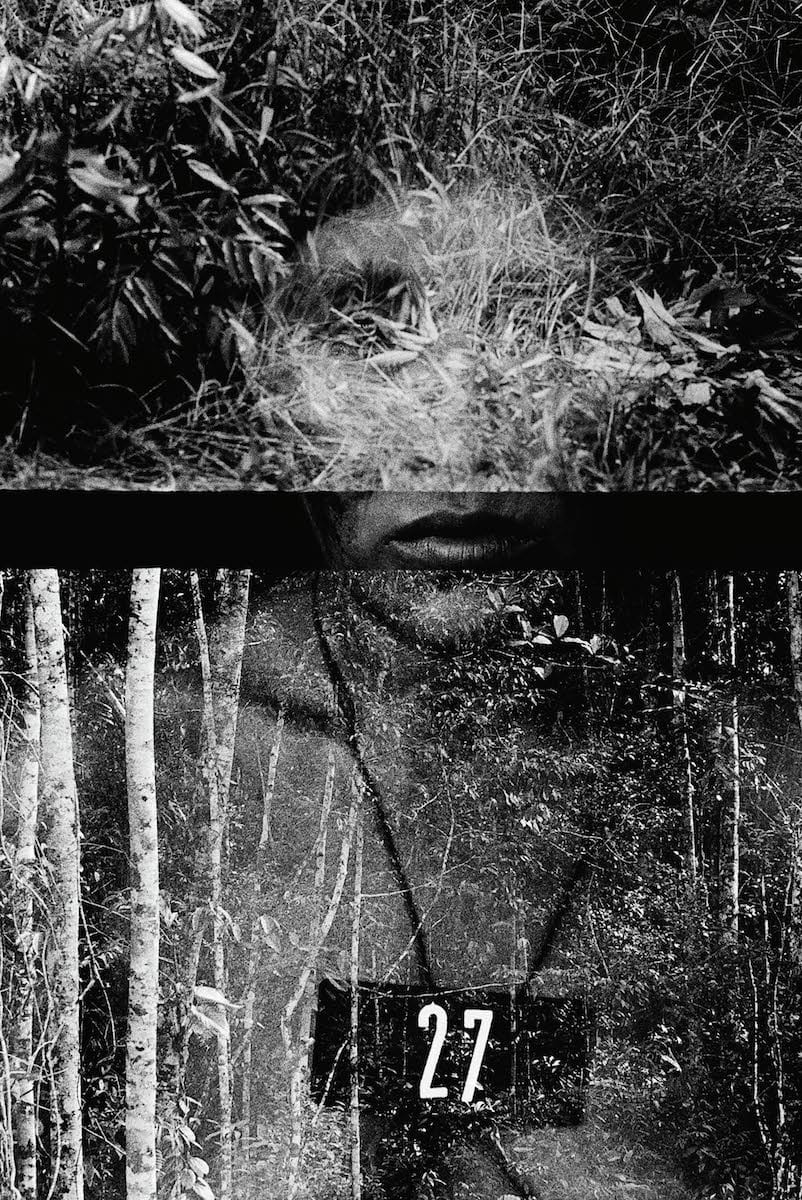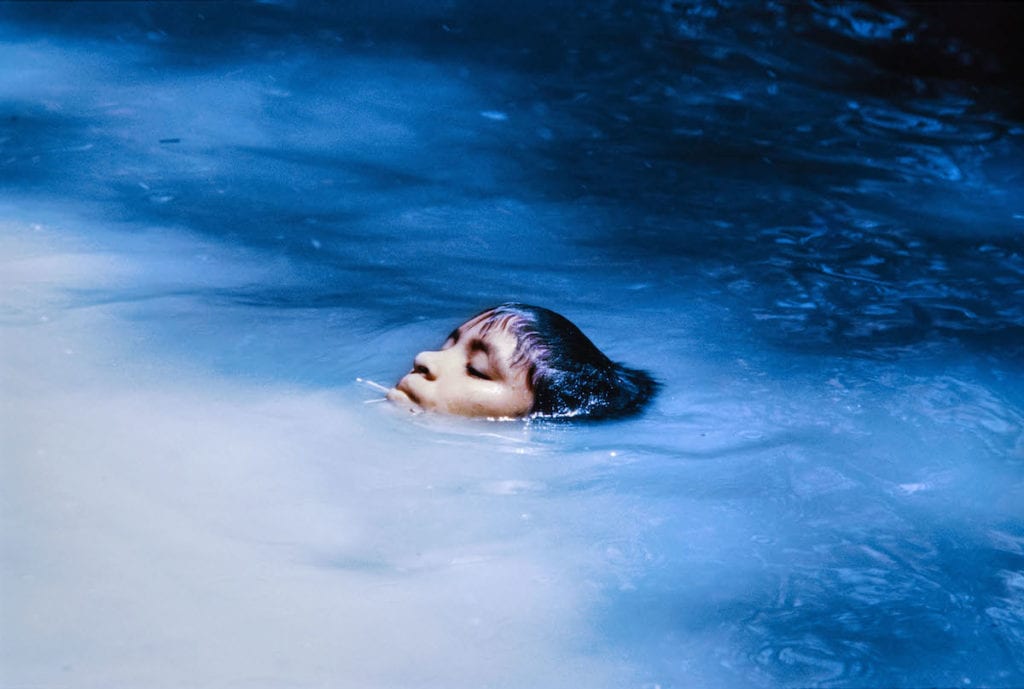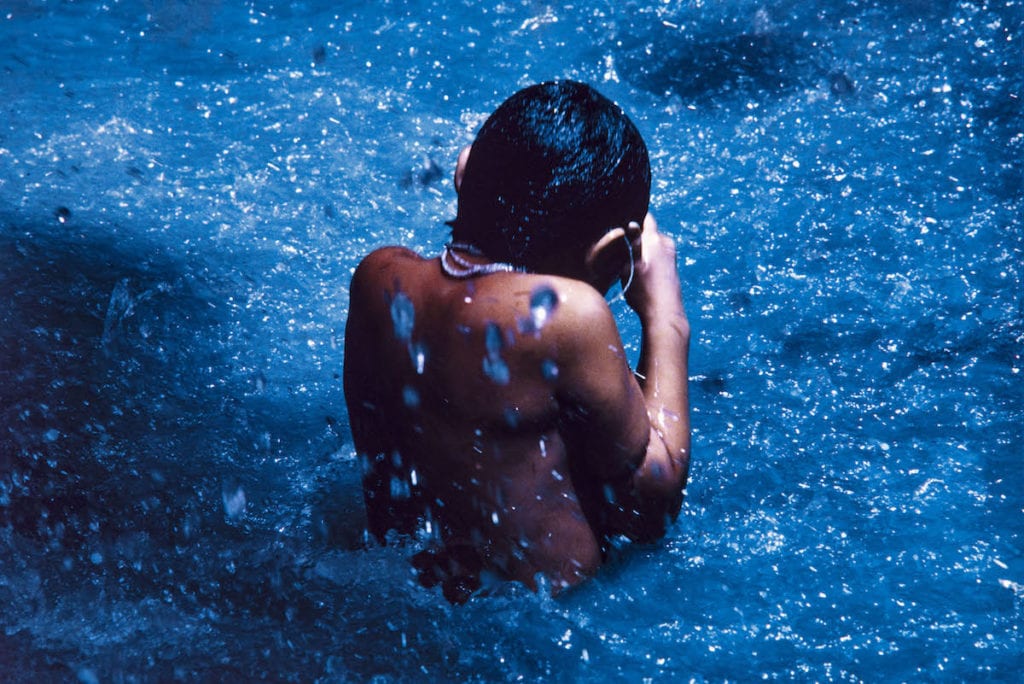Aside from Andujar’s images, there existed little documentation of the Yanomami. The community rejected the medium, concerned that images depicting them could fall into the wrong hands and be subject to sorcery. Furthermore, it was customary that any photographs, which did exist, be destroyed following the death of the individual they depicted. However, with the support of Davi Kopenawa, a Yanomami activist and shaman who the photographer met in 1977 and with whom she collaborated closely, Andujar was able to convince the community that visual records of their culture were central to the cause. She also acknowledged that photography alone was not enough, and in 1978, alongside Kopenawa, the French anthropologist Bruce Albert and missionary Carlo Zacquini, Andujar founded the Comissão Pro-Yanomami (CCPY), embarking on a 14-year campaign to safeguard the Yanomami’s exceptional, yet progressively fragile, way of life.
Andujar returned to photojournalism during this period to support her political and social campaigns. In the series Marcados, from which a selection of images is displayed on the exhibition’s lower floor, black-and-white headshots frame members of the Yanomami wearing large, numbered tags around their necks. Andujar originally took the photographs in service of a vaccination program launched by the CCPY in 1980, to identify members of the community in their medical records. However, returning to the work some years later, the photographer drew parallels between the numbered tags and the markings tattooed on the prisoners of Nazi concentration camps, her father and his family included. “It is that ambiguous sentiment that leads me, 60 years later, to transform the simple registry of the Yanomami into the condition of ‘people’—marked to live—in a work that questions the method of labelling beings for diverse ends,” she explains in the exhibition catalogue.
In 1992, the Yanomami’s land was finally demarcated, but this far from concluded their struggle, which has intensified today under the current Brazilian president Jair Messias Bolsonaro. Bolsonaro rejects demarcation, believing that Brazil’s indigenous communities should be assimilated into Western society, promising to legalise mining, which is already widespread, and commercial farming on their land. His election, part-way through the Paris exhibition’s conception, imbued the project with a heightened urgency and significance. And, although it may not have been Andujar’s initial aim, as the show so deftly illustrates her oeuvre has become a timeless and powerful record of the troubled history of a community under ongoing threat.

